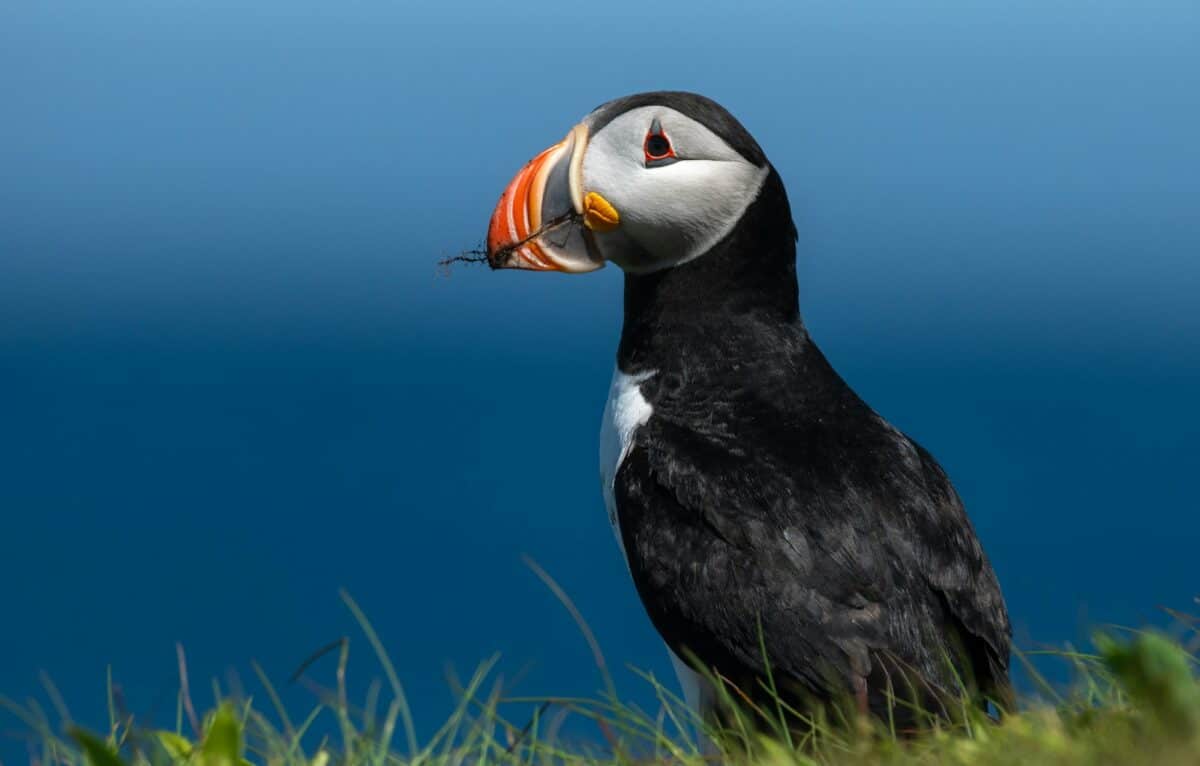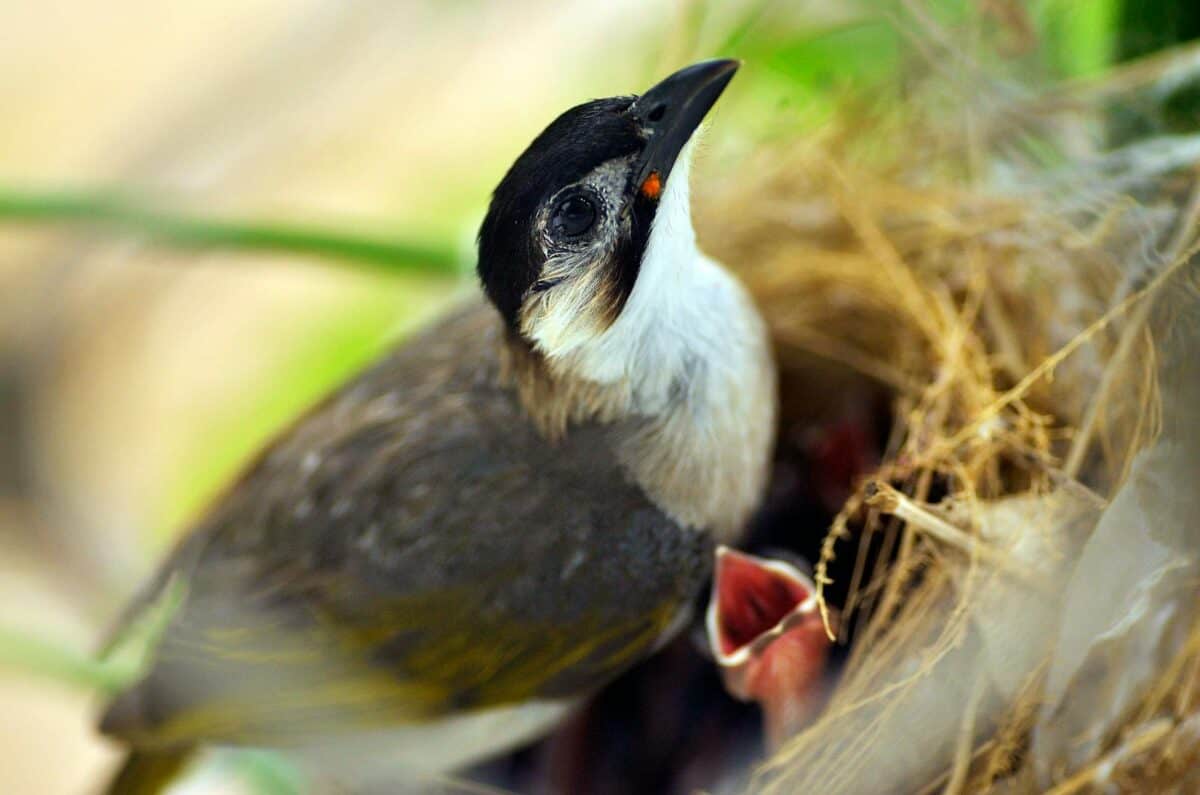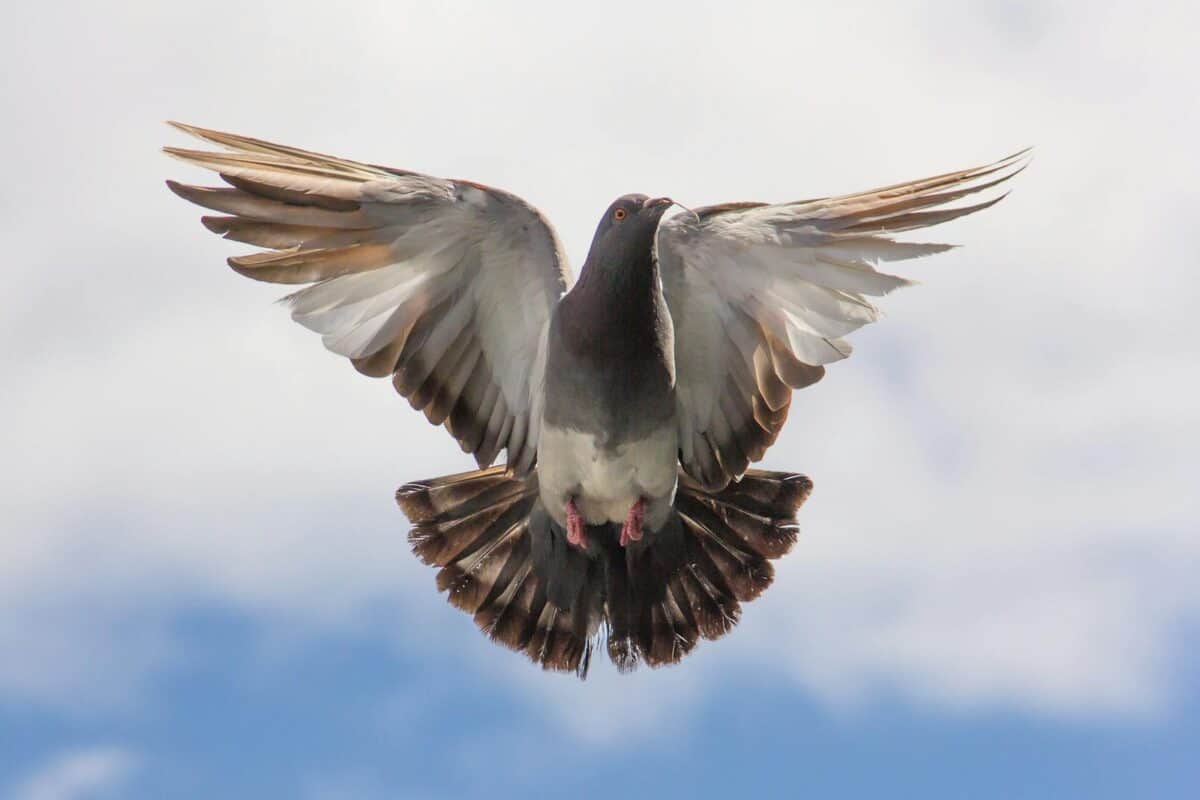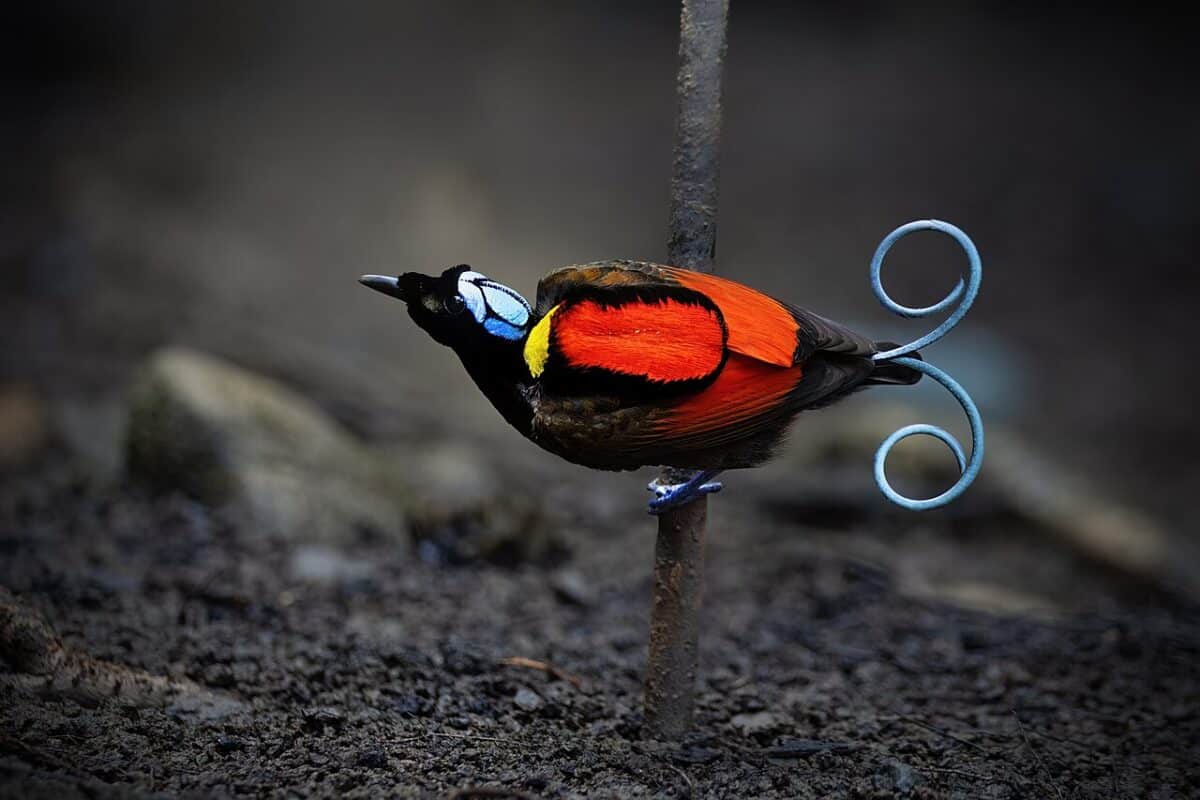Bird migration is one of nature’s most breathtaking spectacles. Each year, countless species undertake incredible journeys across North America, driven by instinct and a need for survival. The United States, with its diverse landscapes and ecosystems, plays host to a variety of stunning migration routes. This article explores these routes, highlighting their beauty and ecological significance.
Understanding Bird Migration

Bird migration is an annual cycle driven by the need for food, breeding opportunities, and suitable habitats. Birds travel from northern breeding grounds to southern wintering sites, covering thousands of miles. Navigating these journeys requires incredible endurance and a complex understanding of environmental cues like magnetic fields, star patterns, and atmospheric signals.
The Atlantic Flyway

Spanning from the Arctic tundra to the Caribbean, the Atlantic Flyway is one of the most significant migration routes. It follows the eastern US coast, providing a corridor for birds such as the Snow Goose and Blackpoll Warbler. The coastline and its wetlands offer vital stopover points where birds rest and replenish their energy.
The Mississippi Flyway

The Mississippi Flyway is a vast north-to-south passageway following the Mississippi River. This route is a favored path for waterfowl, shorebirds, and songbirds. From the prairie potholes of the north to the delta of the Gulf of Mexico, this flyway supports one of the largest migrations in the world.
The Central Flyway

Flowing through the heart of America, the Central Flyway stretches from Canada through the Great Plains. Notable for its mix of grasslands, deserts, and riparian zones, the route is a haven for Sandhill Cranes and American White Pelicans. The varied terrain provides diverse habitats essential for the survival of these migrating birds.
The Pacific Flyway

The Pacific Flyway aligns with the western coast of North America, extending from the Arctic regions to Central and South America. This route is crucial for species like the Western Sandpiper and the Rufous Hummingbird. The flyway’s wetlands, estuaries, and forests offer critical habitats and rest stops during migration.
Importance of Stopover Sites

Migratory birds depend on stopover sites to rest and refuel. These sites, often wetlands or rich feeding grounds, are vital for the birds to maintain their energy levels and continue their journey. Protecting these areas is crucial for the survival of many migratory species.
The Role of Weather in Migration

Weather plays a pivotal role in the success of migration. Birds use wind patterns to conserve energy, and sudden weather changes can unexpectedly delay or alter their journeys. Favorable southerly winds are particularly beneficial in helping birds maintain their flight paths across long distances.
Challenges Faced by Migratory Birds

Migratory birds face numerous challenges, from habitat loss and climate change to collisions with human-made structures. These threats can severely impact populations, making conservation efforts more critical than ever. Understanding and mitigating these risks is essential for the protection of migratory bird species.
Conservation Efforts

Conservation organizations are working tirelessly to preserve migratory routes and habitats. Initiatives include habitat restoration, legislative protection, and public awareness campaigns. Efforts like the Migratory Bird Treaty Act have been instrumental in safeguarding crucial ecosystems for migrating birds.
Birdwatching During Migration

Birdwatching during migration seasons is a popular and rewarding activity. Nature enthusiasts gather to witness the spectacle of thousands of birds in flight. National wildlife refuges and parks along migration routes often host festivals and events, celebrating this natural wonder and educating the public about bird conservation.
The Cultural Significance of Bird Migration

Bird migration holds cultural importance across the world. It has inspired myths, art, and literature, symbolizing change and continuity. For Indigenous communities and native tribes, migration patterns are integral to cultural heritage, environmental stewardship, and seasonal traditions.
The Future of Bird Migration

While migration is a resilient natural phenomenon, it faces uncertain futures due to unprecedented environmental challenges. Continuous research and conservation efforts are needed to understand changing patterns and to safeguard these majestic journeys for future generations.
Conclusion

Bird migration routes across the US are not only pivotal ecological corridors but also a testament to the awe-inspiring resilience of nature. Understanding and preserving these routes is crucial for the continued survival and prosperity of migratory species. As we witness the grandeur of these migratory journeys, we are reminded of the intricate interconnectedness of ecosystems and the vital importance of conservation efforts. By protecting these pathways, we ensure the continuation of one of nature’s most extraordinary spectacles—bird migration.
- The Most Beautiful Bird Migration Routes Across the US - August 9, 2025
- 14 Dog Breeds That Love to Cuddle - August 9, 2025
- 11 Signs Your Horse Might Be Bored - August 9, 2025

